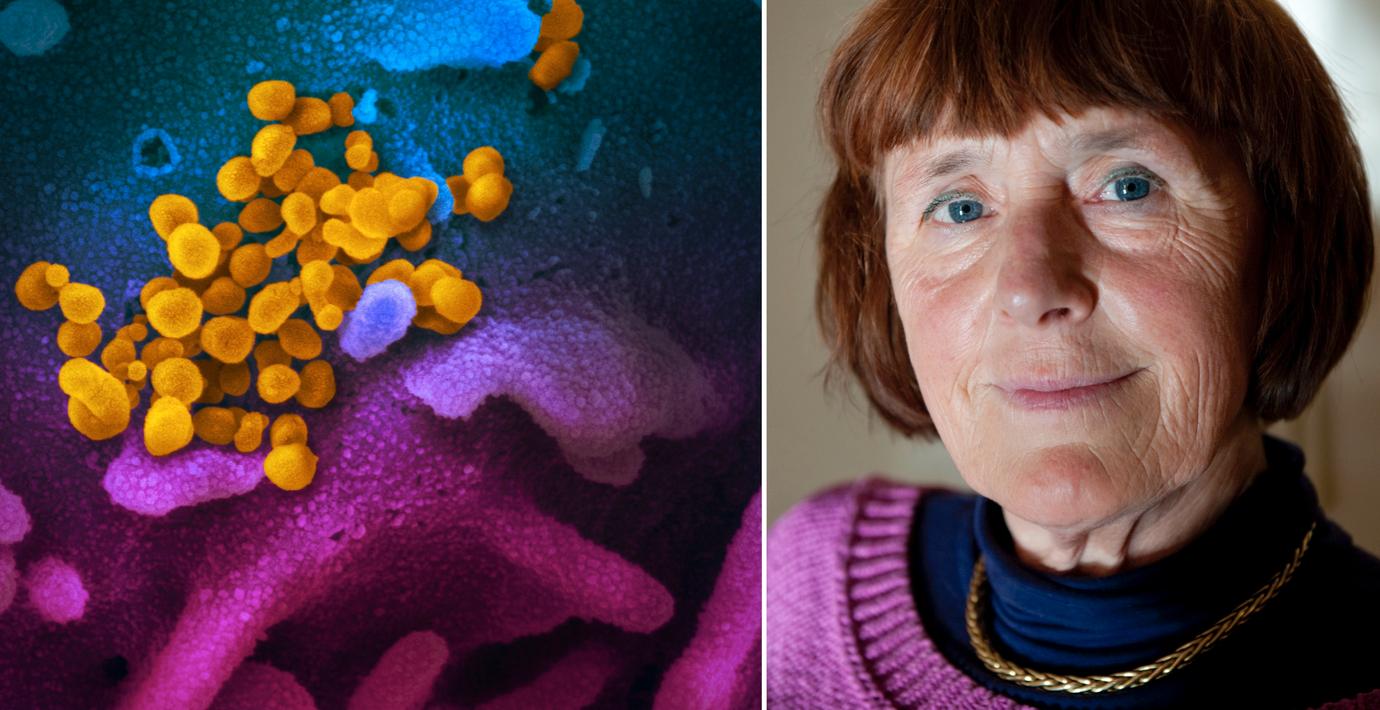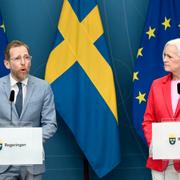
Tidigare statsepidemiolog: Strategin är att låta många smittas i långsam takt
Det vore en bra strategi att låta infektionen för det nya coronaviruset spridas långsamt bland barn och deras föräldrar, skriver tidigare statsepidemiolog Annika Linde på Facebook enligt DN.
För TT utvecklar Linde resonemanget, och säger att hon tror att det är Folkhälsomyndighetens strategi att låta så många som möjligt smittas för att uppnå det som kallas flockimmunitet.
– Folkhälsomyndigheten har valt den strategi som kanske långsiktigt är mest hållbar, att låta en spridning ske samtidigt som man verkligen skyddar riskgrupperna.
Statsepidemiolog Anders Tegnell förnekar att detta skulle vara en strategi från Folkhälsomyndigheten.
– Nej, i alla fall inte att det ska ske så snabbt som möjligt. Däremot börjar vi nå en förståelse för att viruset inte kommer att sluta spridas förrän vi når flockimmunitet. Men det måste ske lugnt, sakta och kontrollerat så att sjukvården hinner med att hantera det, vi ska inte skynda på det, säger han till TT.



